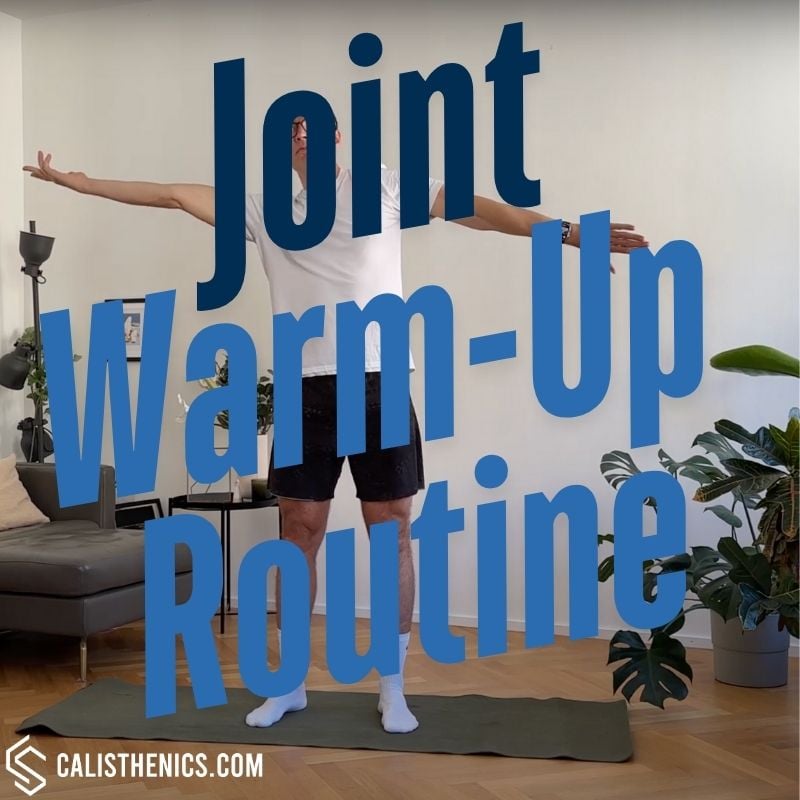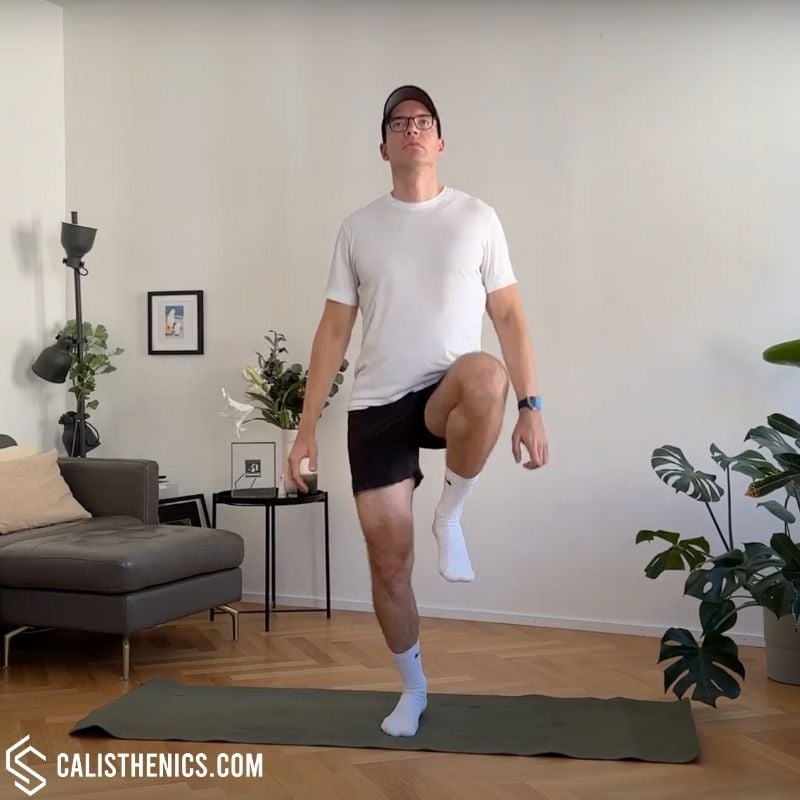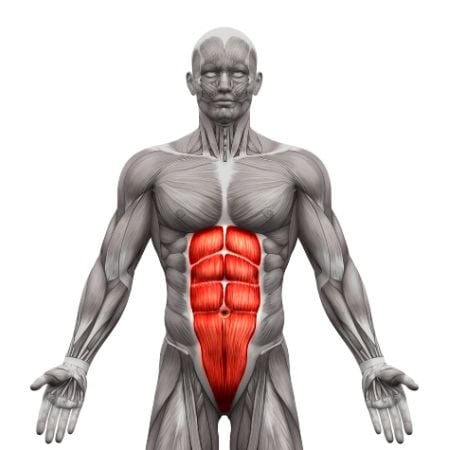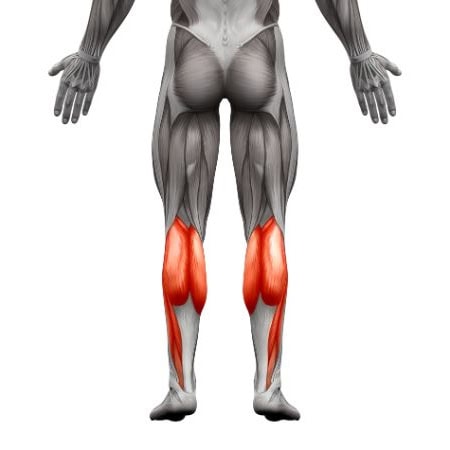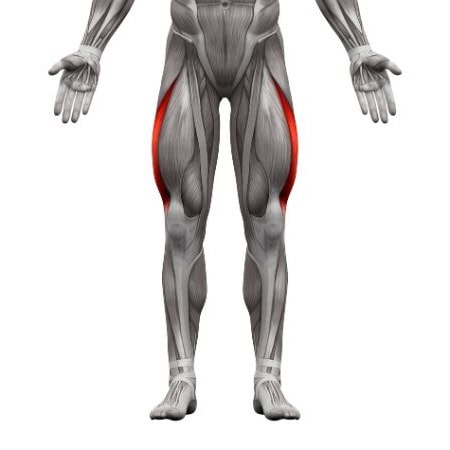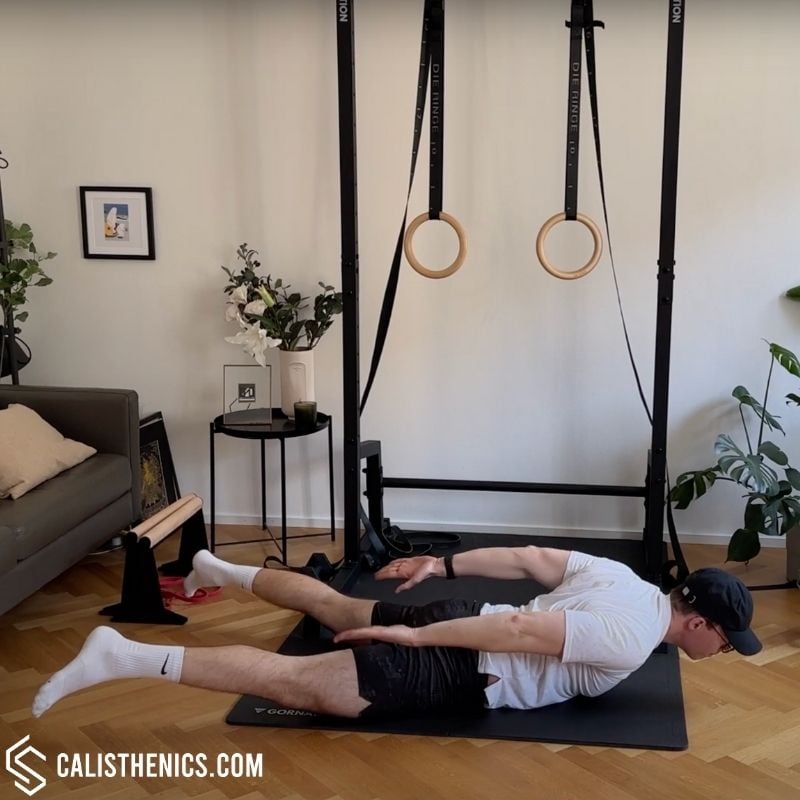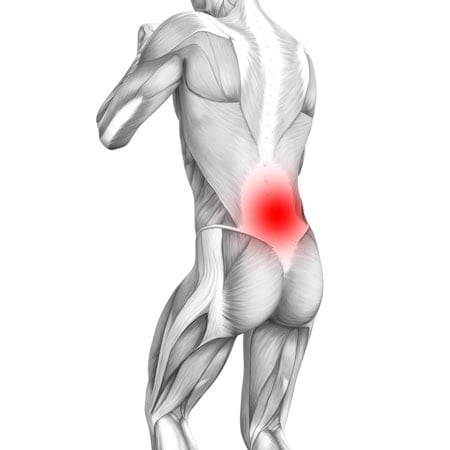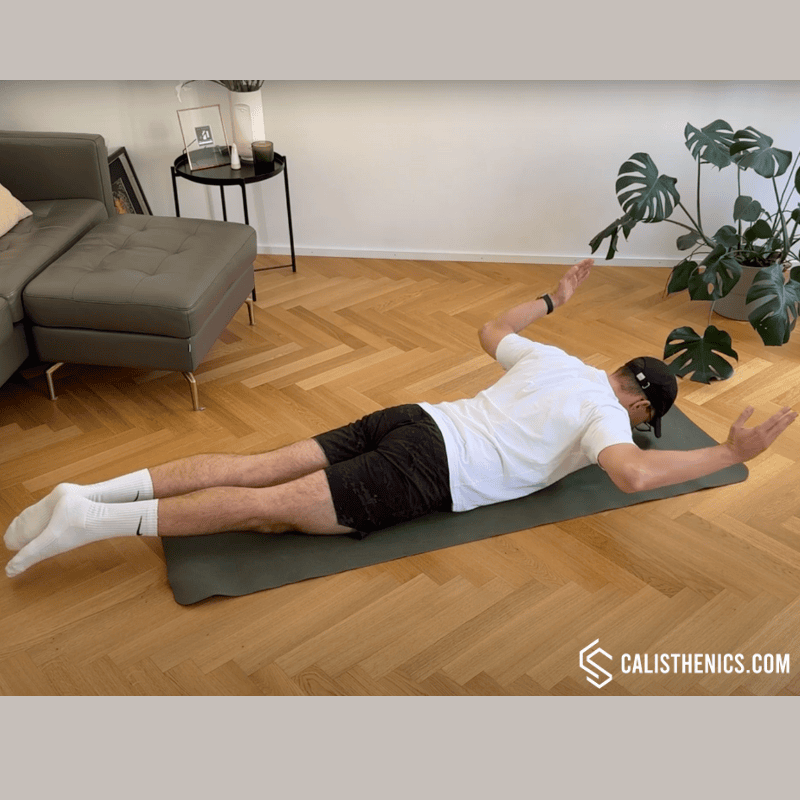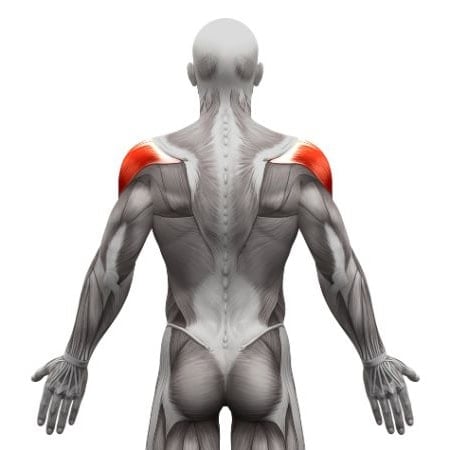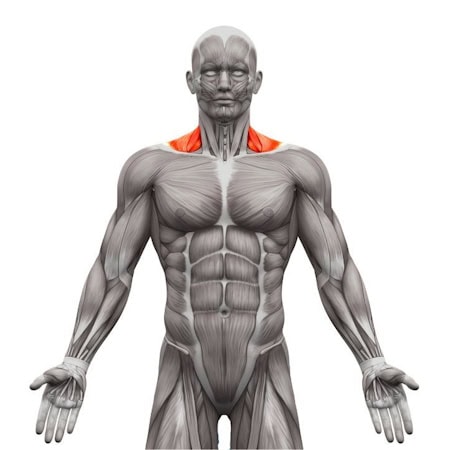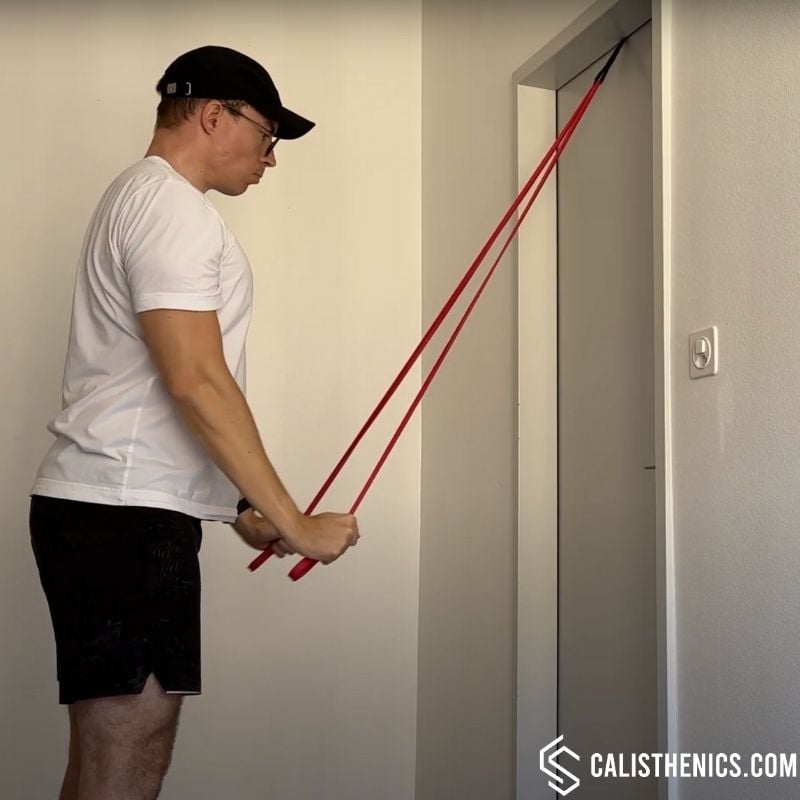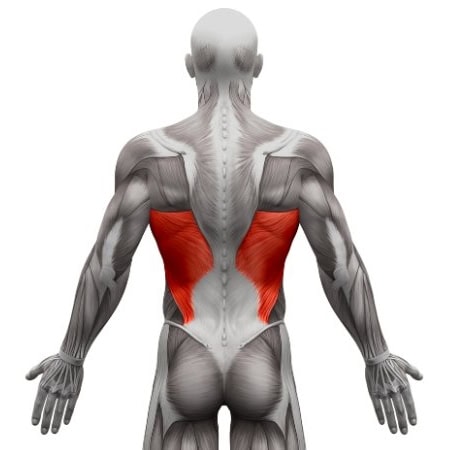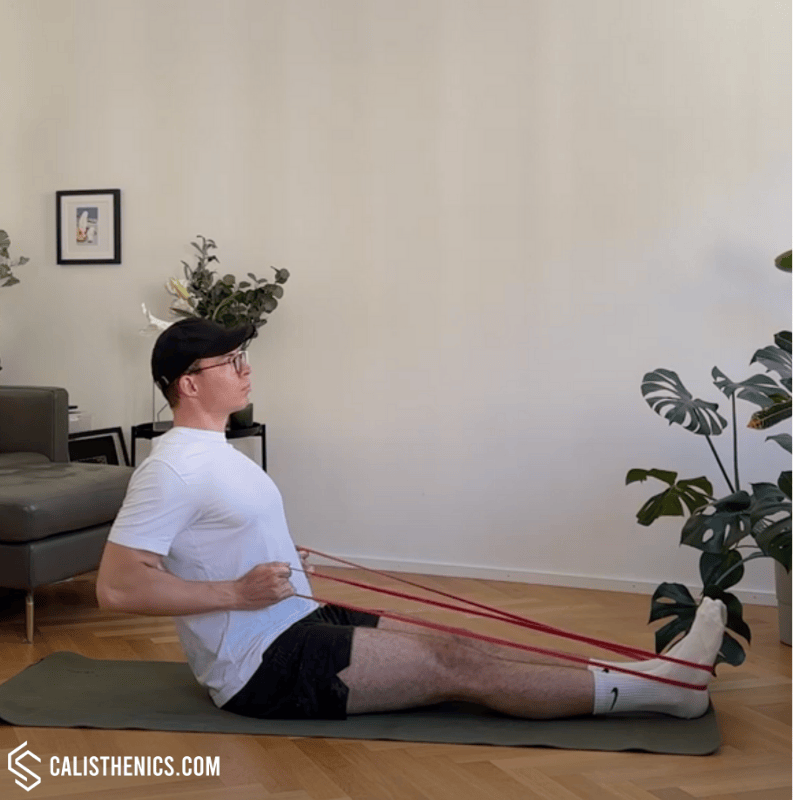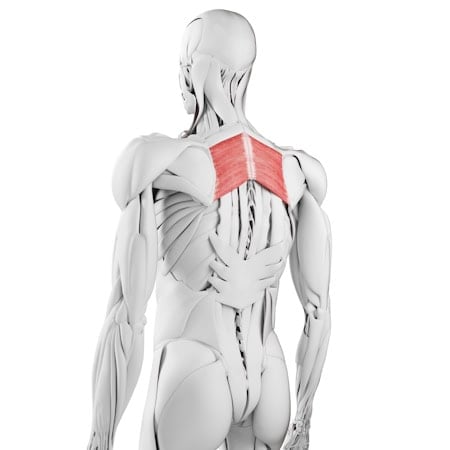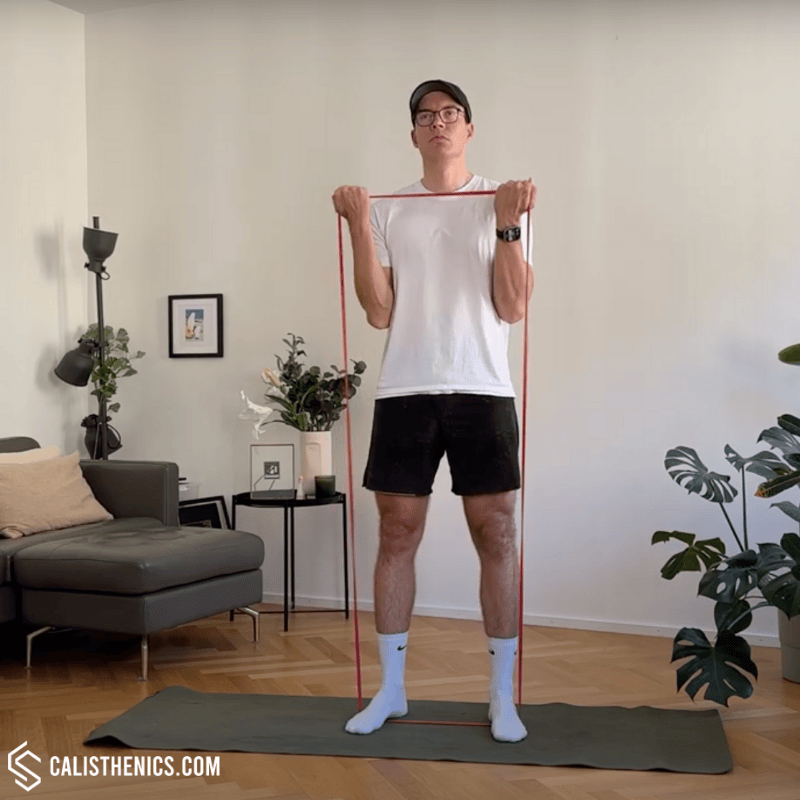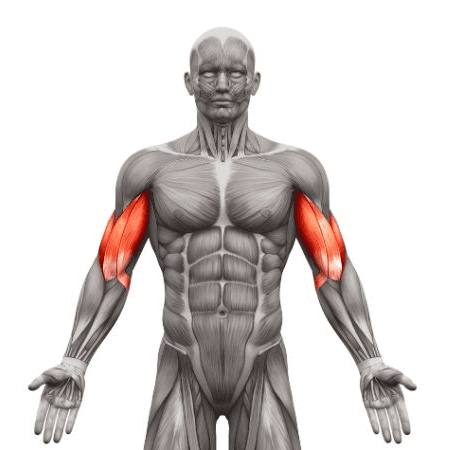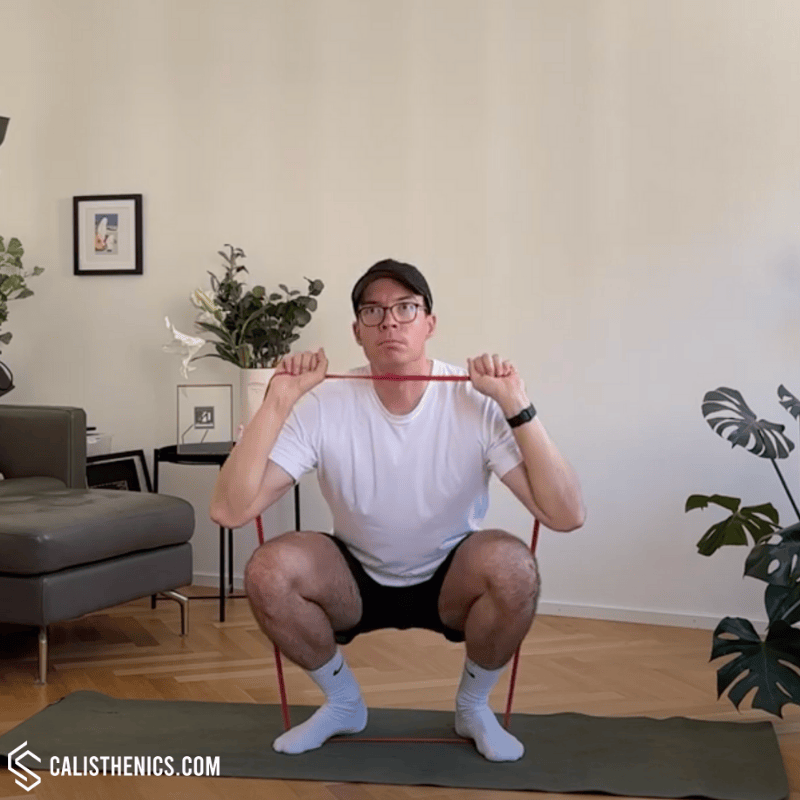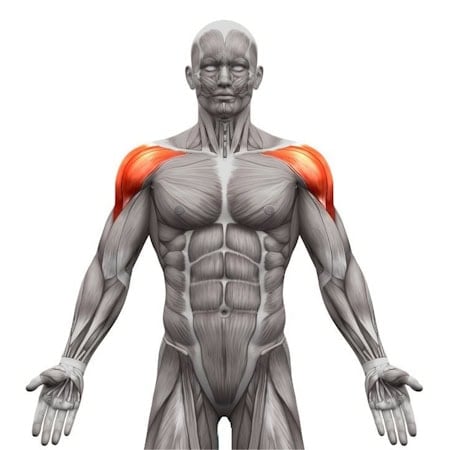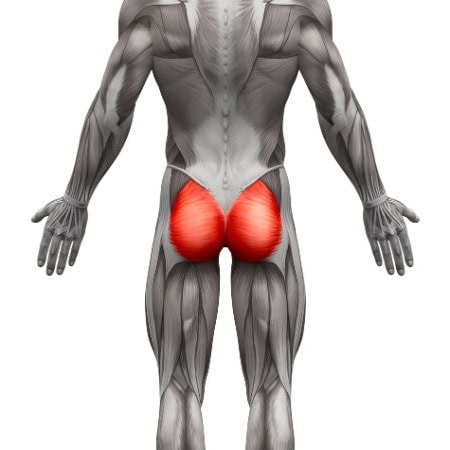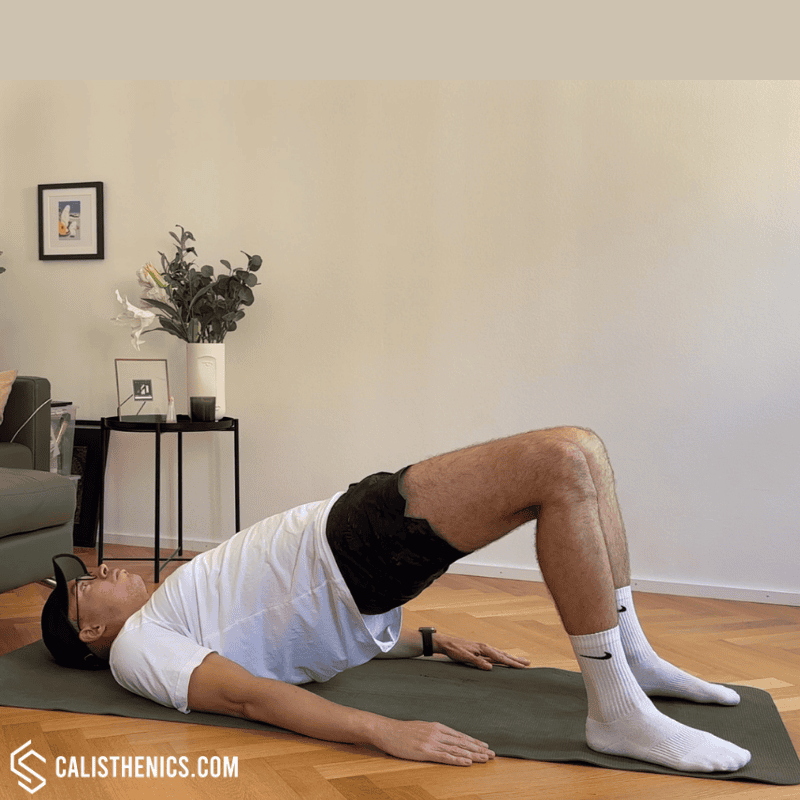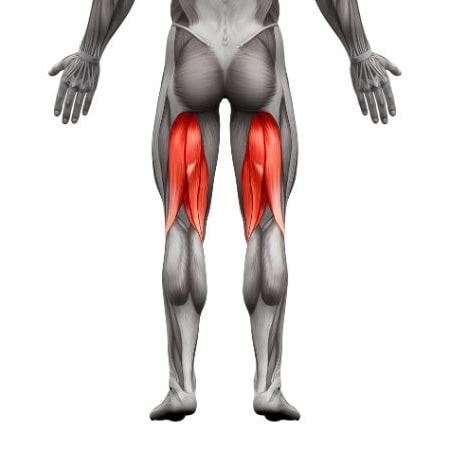Pull 3: Back and Biceps Workout with Resistance Band Only
🎯 Workout Description:
This workout bridges the gap between supported pulling and more vertical pulling engagement. We’re introducing vertical scapular control and asking your back to work a little harder with resistance. It’s a great primer for more advanced variations coming later.
👤 Who It’s For:
Beginners who can hang from a bar for a few seconds or have practiced pulling with bands. No pull-up bar needed—just a resistance band and a door.
🧰 Equipment Needed:
Resistance band with door anchor, towel
Resistance Bands
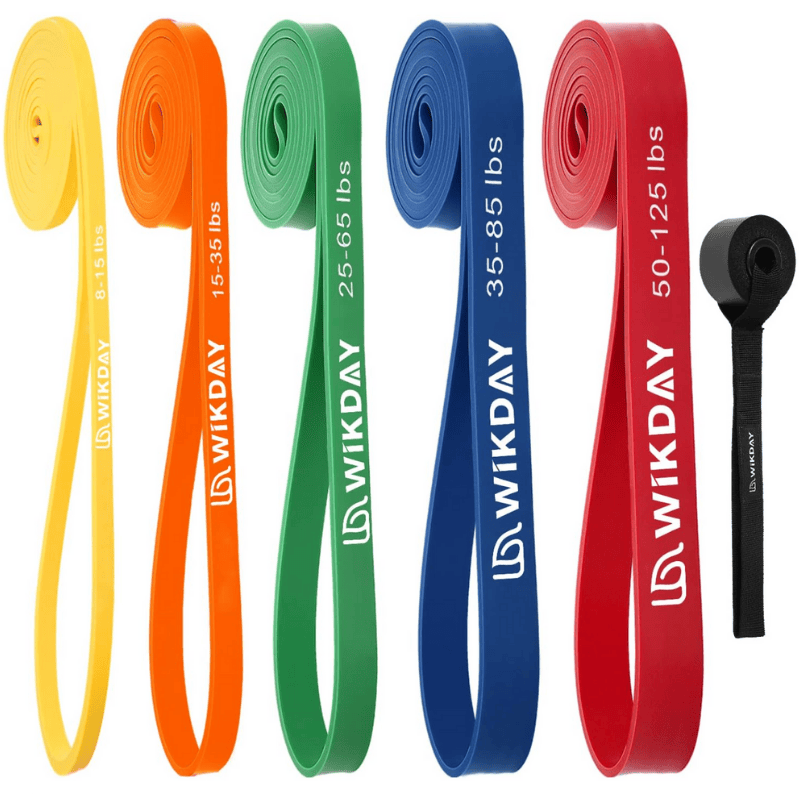
*alternative buying options:
👉 GORNATION (UK&Europe) 🇪🇺 🇬🇧 use code CS10 for 10% off
- High quality natural latex
- Multiple sizes: great for beginners and advanced
- Inlcudes a door anchor for standalone exercises
Warm-Up
Goal: Activate posterior chain, lats, and scapulae.
Format: Circuit – 2 rounds, no rest between exercises or rounds
•30 sec High Knees
•10x Reverse Snow Angels
•8x WYT Raises
These movements bring awareness to scapular mobility and control—essential for clean pull mechanics.

No muscle groups found for this post.
Tips
-
Move slowly and deliberately to avoid sudden movements.
-
Keep circles smooth and controlled—avoid jerky motions.
-
Breathe steadily and deeply to maximize relaxation and blood flow.
-
Gradually increase the range of motion as your joints warm up.
-
Perform each movement for 15-20 seconds, or until joints feel loosened.
-
Customize your routine slightly based on the specific demands of your workout.
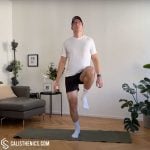
Tips
-
Keep your core tight to stabilize your spine and prevent over-rotation.
-
Pump your arms naturally—elbows bent and driving in sync with your legs.
-
Look straight ahead rather than down to keep posture aligned.
-
Use a metronome or playlist with a steady beat to maintain tempo.
-
Start slow to warm up and ramp up intensity gradually.
-
Train barefoot or in minimalist shoes (on soft flooring) to improve foot strength and awareness.
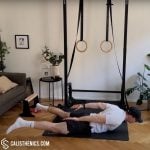
Muscle group:
Tips
-
Keep Arms Straight but Not Locked: Maintain a slight bend in the elbows to reduce unnecessary joint strain.
-
Move in a Smooth, Controlled Manner: Avoid jerky or fast motions—slow, controlled reps activate muscles more effectively.
-
Focus on Squeezing the Shoulder Blades: Imagine pinching a pencil between your scapulae at the bottom of the movement.
-
Engage Your Core Throughout: Prevent excessive lumbar arching by keeping abs and glutes activated.
-
Keep a Steady Breathing Pattern: Inhale as you extend the arms forward, and exhale as you sweep them back.
-
Try Adding Light Weights for Progression: Holding small plates or wrist weights can increase resistance for added challenge.
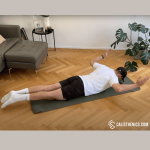
Tips
-
Core and Glute Engagement: Keep your core and glutes engaged throughout the exercise to support your lower back and maintain proper body alignment.
-
Focus on Shoulder Blades: The key to WTY raises is squeezing your shoulder blades together during each raise to engage the muscles of the upper back.
-
Control the Movement: Perform each raise slowly and with control, avoiding any jerky movements. Focus on quality over speed.
-
Neck Alignment: Keep your neck in a neutral position by looking down at the floor. Avoid lifting your head too high, which could strain your neck.
-
Breathing: Inhale as you prepare to lift your arms and exhale as you squeeze your shoulder blades together and raise your arms. Steady breathing helps maintain control and focus.
Strength
Goal: Strengthen vertical pulling through assisted patterns while improving scapular control.
Structure:
•Superset A (3 rounds): Perform A1 + A2 back-to-back, then rest 90 sec
•Set B (2 sets): Performed alone with 45 sec rest
🟦 Superset A:
•A1: Resistance Band Straight Arm Lat Pulldown – 12 reps
•A2: Seated Resistance Band Rows – 12 reps
→ Rest 90 sec between rounds
🟩 Set B:
•Resistance Band Bicep Curls – 15 reps
→ Rest 45 sec between sets
You’ll feel your lats engage more as you pull through the band’s resistance. Keep everything slow and deliberate—no bouncing or flaring elbows.
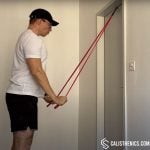
Muscle group:
Tips
-
Slow Down the Eccentric Phase (Lowering the band back up) to increase time under tension and improve strength.
-
Experiment with Different Grips (Overhand, underhand, or neutral) to engage different parts of the back.
-
Anchor the Band at Slightly Different Angles to vary the tension and muscle activation.
-
If the Band Is Too Long, wrap it around your hands or use a shorter band to increase resistance.
-
Maintain a Stable Base by kneeling or sitting to minimize unnecessary body movement.
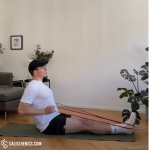
Tips
-
Sit Tall: Keep your spine straight and chest lifted to avoid slouching, which can reduce effectiveness and strain your back.
-
Engage the Core: Maintain a tight core to stabilize your torso and prevent excessive rocking or leaning.
-
Squeeze the Shoulder Blades: Focus on squeezing your shoulder blades together as you pull to fully engage the back muscles.
-
Controlled Movement: Avoid using momentum; perform the exercise slowly and with control to maximize muscle activation.
-
Breathe Steadily: Exhale as you pull the band toward you and inhale as you release it back, maintaining rhythm and control.
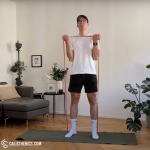
Muscle group:
Tips
-
Keep Elbows Fixed: Keep your elbows close to your body, preventing them from moving forward or backward, which helps isolate the biceps.
-
Avoid Swinging: Perform the movement slowly and with control to avoid using momentum, which reduces effectiveness.
-
Maintain a Neutral Wrist: Keep your wrists straight, aligned with your forearms, to avoid unnecessary strain and maximize bicep activation.
-
Engage the Core: Keep your core tight to stabilize your torso and prevent any rocking motion during the curl.
-
Breathe Steadily: Exhale as you curl up, and inhale as you lower the band down, maintaining rhythm and focus.
HIIT Finisher
Goal: Strengthen core, legs, and improve body control with steady-state tension and movement.
Format: 5 rounds – 60 sec per round
•30 sec Resistance Band Thruster (squat + overhead press)
•30 sec Glute Bridges
→ Repeat 5 rounds = 10 minutes
Use this to flush the muscles and build capacity to maintain posture under fatigue—something you’ll need in your first full pull-up attempts.
Minute 3 - 15 squats
Minute 4 ...
Goal: Build endurance and finish with full-body engagement and static core strength
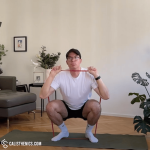
Muscle groups:
Tips
-
Secure Band Position: Ensure the band is securely anchored under both feet to prevent any slipping, and hold it firmly at shoulder height.
-
Engage the Core: Keep your core tight throughout the entire movement to maintain balance and stability.
-
Drive Through the Heels: Push through your heels as you rise from the squat to fully engage your glutes and quads.
-
Smooth Transition: Move fluidly from the squat into the overhead press, ensuring a controlled, coordinated movement.
-
Avoid Locking Elbows: At the top of the press, avoid fully locking out your elbows to keep constant tension on the shoulders.
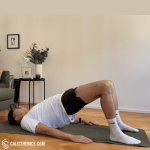
Muscle groups:
Tips
-
Core Engagement: Keep your core muscles engaged throughout the movement to prevent your lower back from arching. This helps protect your spine and enhances the effectiveness of the exercise.
-
Push Through Your Heels: Pressing through your heels activates the glutes more effectively. Avoid pushing through the balls of your feet or letting your toes lift off the floor.
-
Squeeze at the Top: At the top of the movement, fully squeeze your glutes to maximize muscle activation. Ensure that your body forms a straight line from your shoulders to your knees.
-
Avoid Overextension: Be mindful not to hyperextend your lower back at the top of the movement. Focus on lifting with your glutes, not your lower back.
-
Breathing: Inhale as you lower your hips and exhale as you lift them. Proper breathing enhances core engagement and control.

